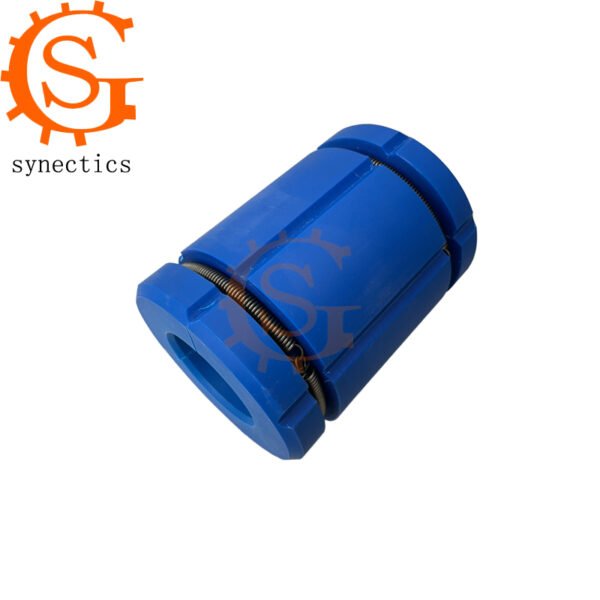A pneumatic shaft, often referred to as a pneumatic rod or cylinder rod, is an essential component in pneumatic systems used for linear motion. It serves as a connecting link between the piston (or the moving part of the cylinder) and the actuator or mechanism that it is intended to move. This rod typically extends from the cylinder when it is extended, allowing it to push or pull components or mechanisms as needed.
The pneumatic shaft can be made from various materials such as steel, aluminum, or other corrosion-resistant materials, depending on the application requirements. Its design is critical to ensure durability and proper operation under the expected operating pressures and environmental conditions.
In many applications, pneumatic shafts are used in pairs within actuators like cylinders or linear motors, where one shaft is attached to the piston and the other to the load or moving part. When compressed air is introduced into the cylinder, it pushes the piston, causing the shafts to move together, translating the force generated by the air pressure into mechanical motion.
Pneumatic shafts are commonly found in a variety of industries including manufacturing, robotics, automotive, and automation, where they facilitate tasks such as conveyor belt movements, tool changeovers, or the precise positioning of parts. They offer several advantages over hydraulic or electrical systems, including simplicity, reliability, and the ability to operate without lubrication in dusty or harsh environments.
In summary, a pneumatic shaft is a fundamental element in pneumatic systems, enabling linear motion and facilitating the movement of loads through the application of compressed air.









No comment